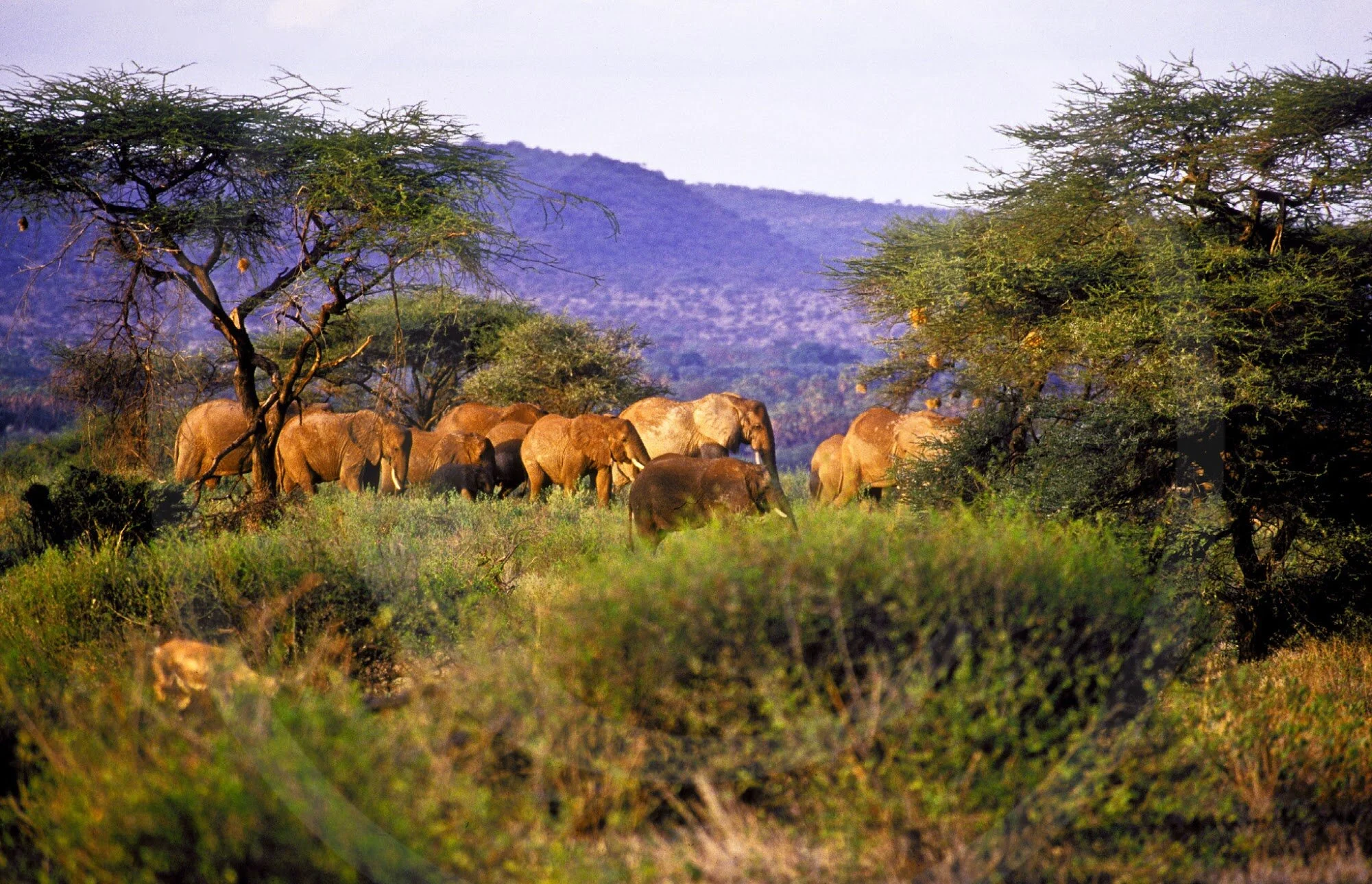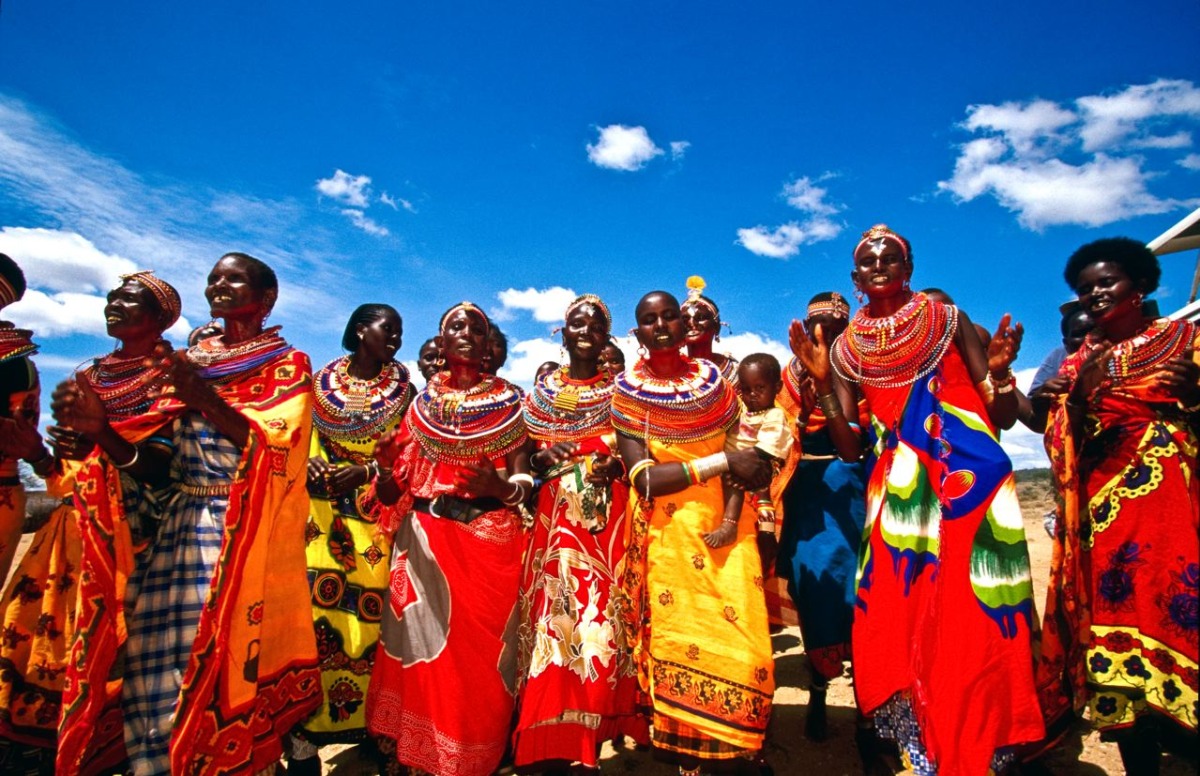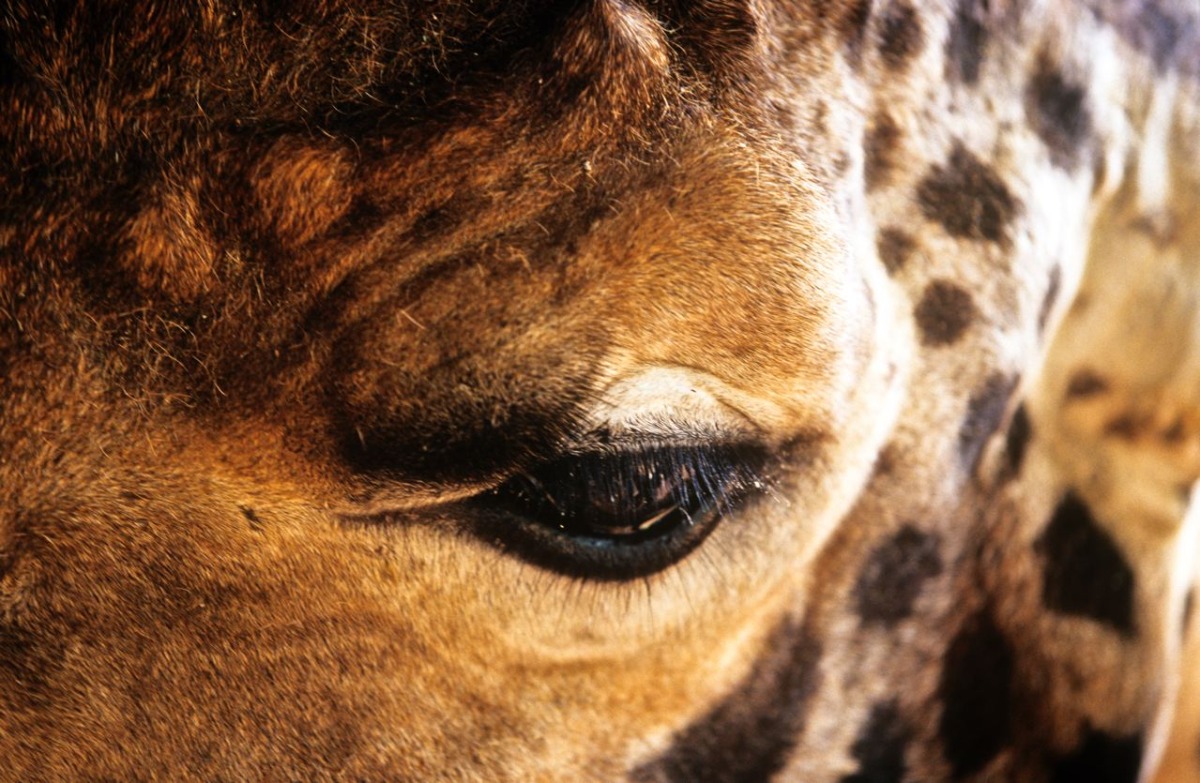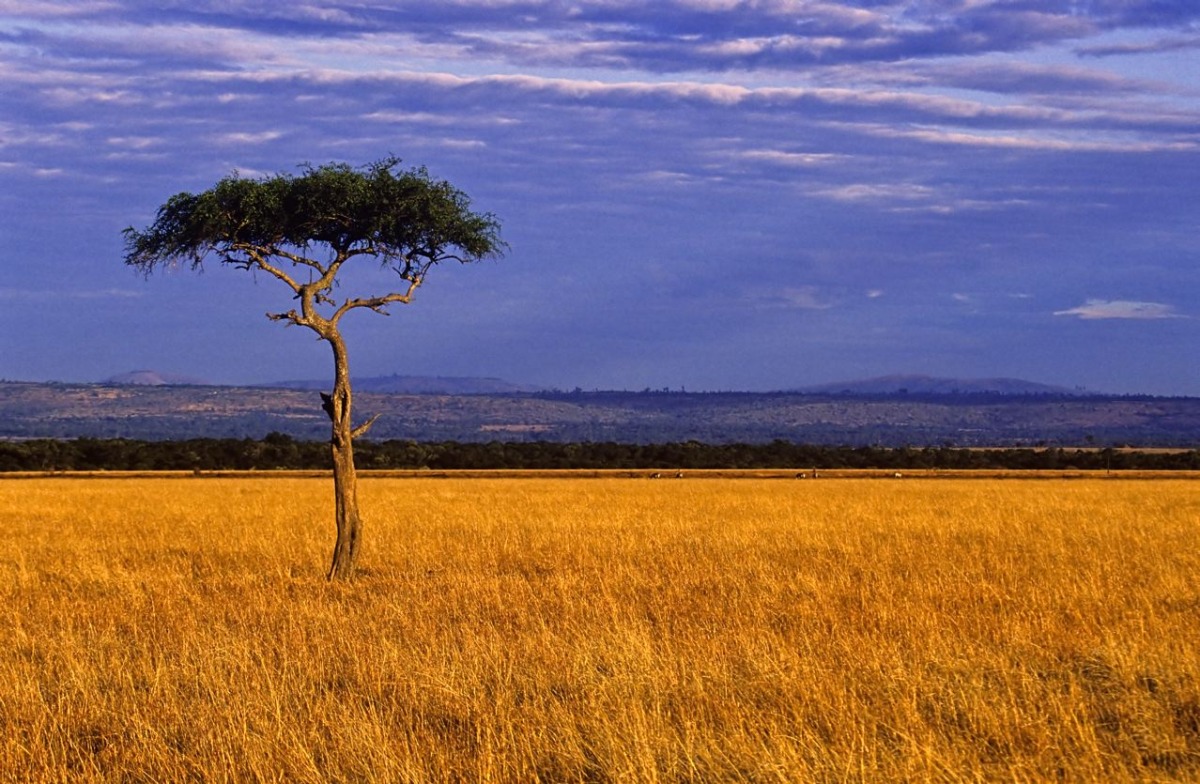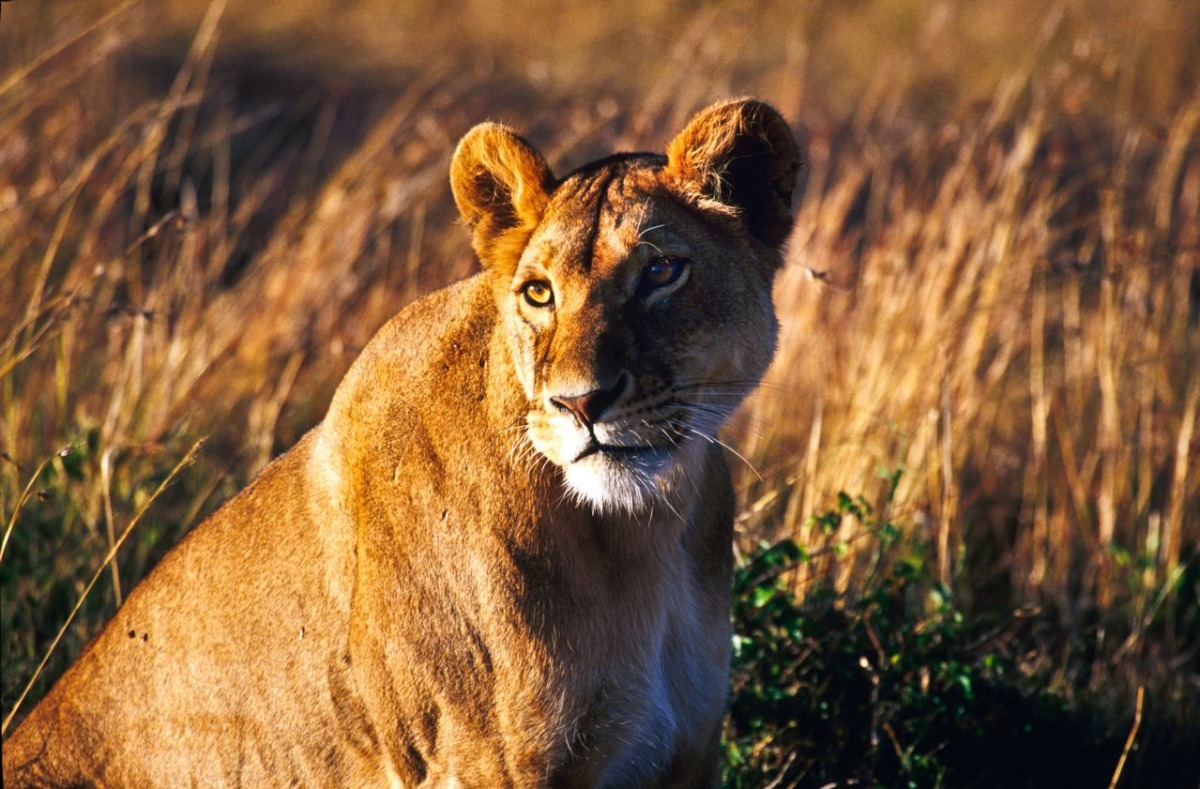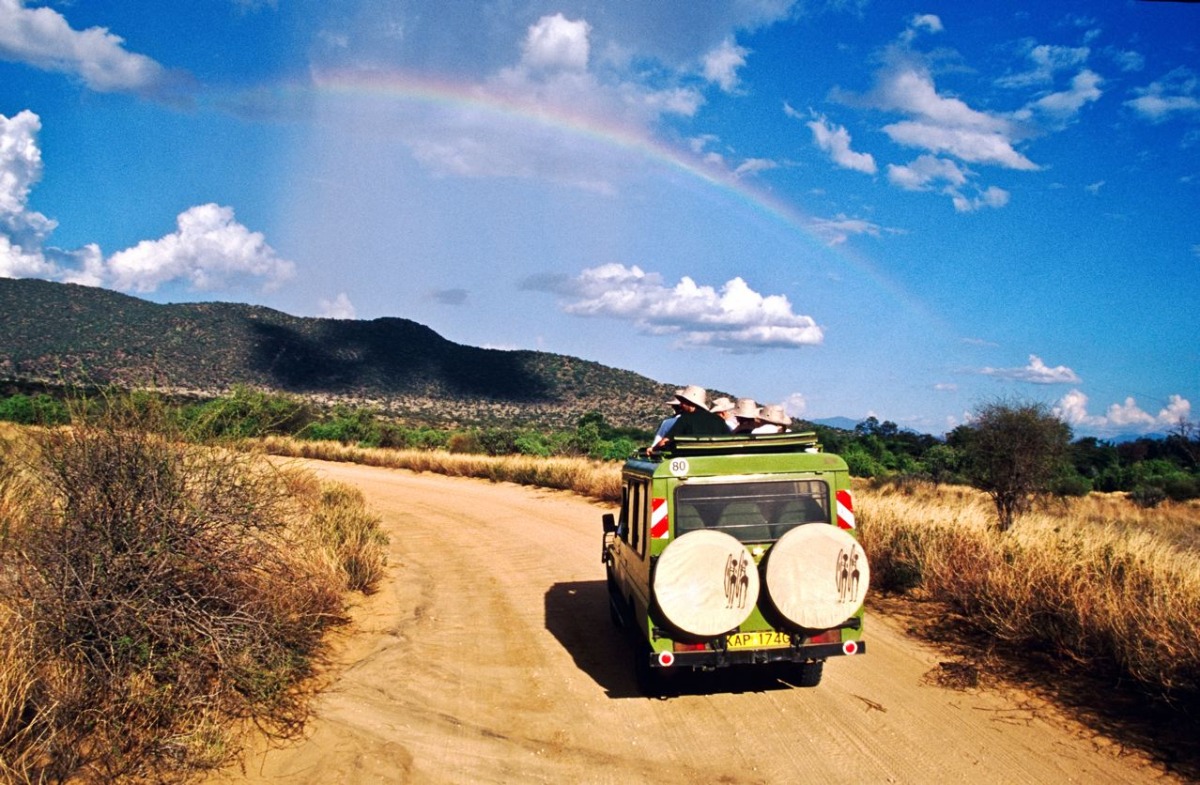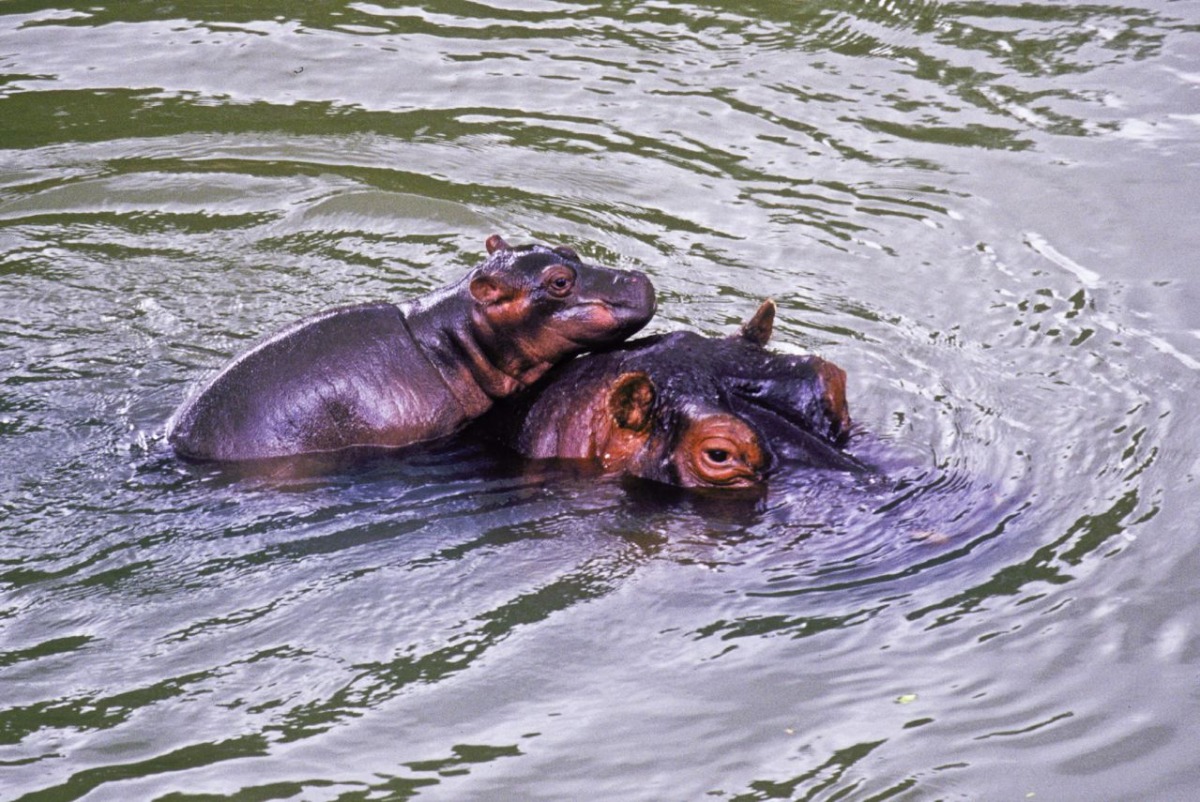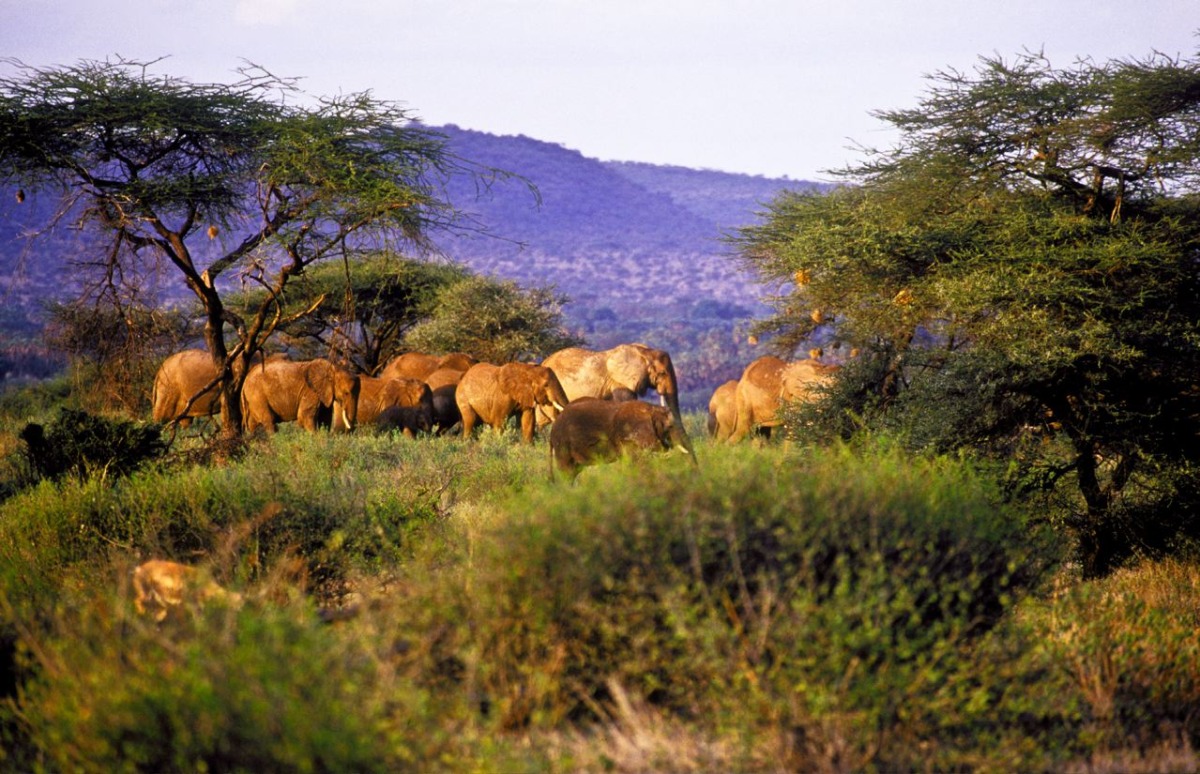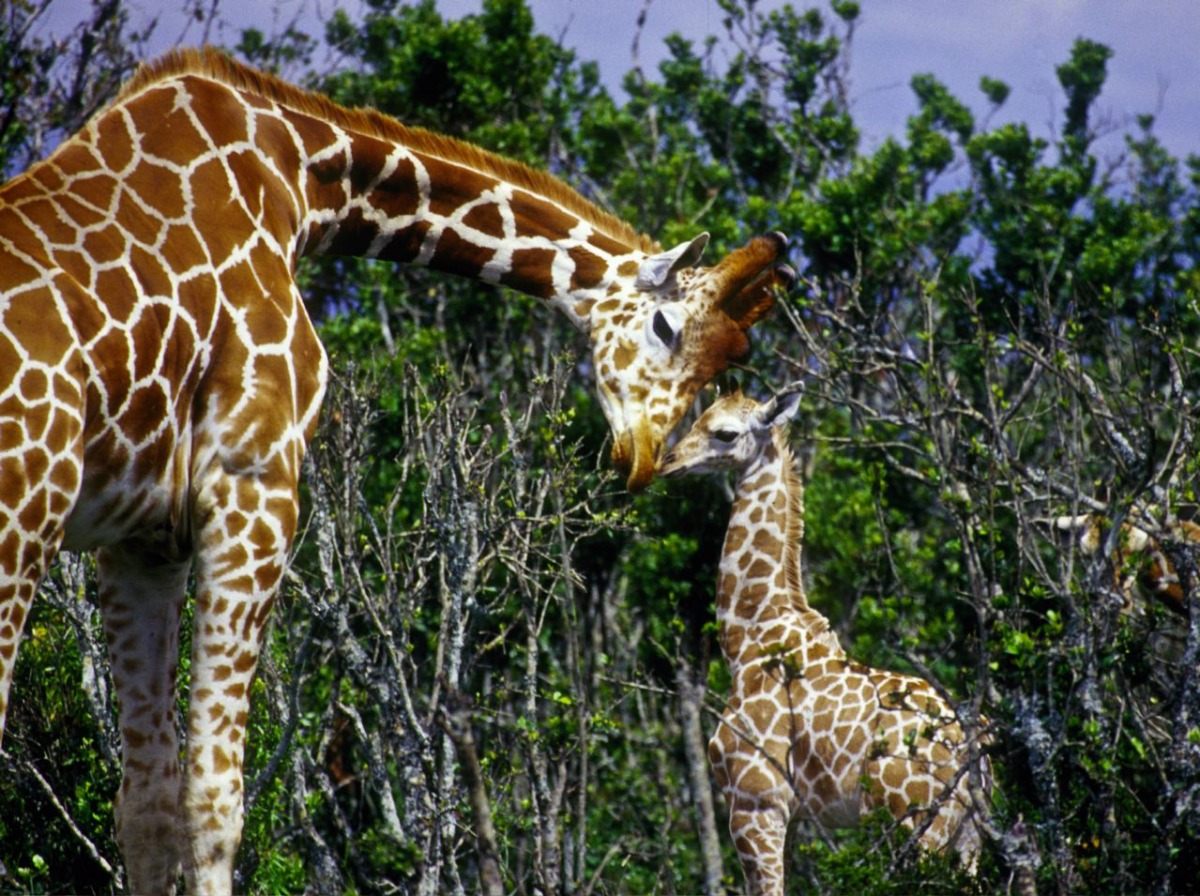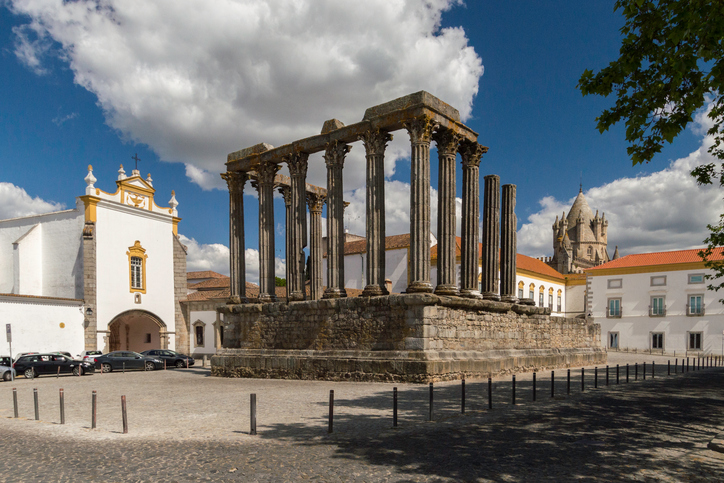Kenya: Rules of the Wild
words + photos by Ellen Barone
It was a few days into my first African safari when I learned the Fourth Rule of Safari Travel: When you think you’ve spotted a lion, casually ask the guide “What’s that?” rather than blurt out “There's a lion!” because 9 times out of 10 the ‘lion’ will be a termite mound.
Later on, I’d learn other rules: No. 7, If you’re squeamish about eating flesh avoid restaurants with the word Carnivore in their title; No. 13, Never run out of the safari tent, half naked, screaming “there’s a creature in my bed” before you’ve determined it isn’t a hot water bottle put there by the room steward to take the chill off a high-altitude night; and No. 17, Avoid standing up suddenly in an open-top Land Rover with a metal roll-bar above your head.
Photo Slide Show by Ellen Barone
It was from the deck of a luxurious tent (complete with a carved mahogany four-poster bed) amid the amusing snorts and bellows of cavorting hippos in the river below that I first realized I was becoming immensely qualified to draft a new book proposal: The Idiot’s Guide to Safari (or should it be Safari for Dummies?)
Safari rule No. 8, A power outage is more than an annoying inconvenience when all that separates you and a river full of 5,000-pound hippos is an electric fence. (*Note, the Hippopotamus kills more people in Africa then all the other animals combined.)
I was one of seven American and Canadian travelers on a two-week African adventure with Micato Safaris. The ambitious itinerary started in bustling Johannesburg, South Africa, spending the remaining time in Kenya with visits to Nairobi, the Aberdares highlands, Ol Pejeta Ranch, Sweetwaters Rhino Reserve, Mount Kenya and finally to the game-rich Masai Mara, part of the vast Serengeti plains.
The Swahili word safari means journey. It has nothing to do with animals, I was told. Someone ‘on safari’ is simply on a journey. The French writer Marcel Proust once said, “The real voyage of discovery consists not in seeing new landscape, but in having new eyes.” Africa certainly opened my eyes and taught me plenty.
I knew Africa was a land of breathtaking beauty and heart-breaking poverty and disease. I knew of massacres, starvation, racial unrest and derelict roads. I knew of jet-black Africans in tribal costume and endangered animals. I knew of Africa as an assortment of motley republics and sleazy chiefdoms where corruption and hatred ruled.
That much I knew, but what I didn’t know from the photographs and news clips was that Africa is kind and gentle people, giggling children and inconceivable optimism. It is artistic and entrepreneurial, unhurried and unexpected. It is some of the most beautiful landscapes on our blue planet with vast deserts and lush forests, sparkling lakes and arid plains. It is modern cities and mud-hut villages just this side of the Stone Age. It is predators and prey. It is beauty and the beast.
Looking back on my African sojourn it is difficult to isolate a single outstanding experience. Every minute of being there was exhilarating, from a poignant and informative visit to the Nelson Mandela Museum in Johannesburg, to the legendary animal herds and lion prides of the Masai Mara, and an emotional visit to one of the many orphanages supported by Micato Safaris and their clients.
Like so many good ideas, the First Rule of Safari Travel wasn’t mine. It was our Kenyan guide, Jared, who unknowingly created it on the last day of our safari. We’d spent that morning watching five powerfully built lions lollygagging in the morning sun after finishing off the remains of the previous night’s kill, a 300-pound ostrich. The opportunity to observe the big cats, unselfconscious and non-threatened, in the middle of a vast Serengeti landscapeof endless gray-green canopies of flat-topped acacia trees, was unforgettable. In silence, we stood gaping at the splendor of it all. Eventually Jared broke the quiet, “You can’t capture this in a photograph,” he said. “You can only hold it in your heart.”
For more than an hour we watched from the safety of the Land Rover, awed by the close encounter with the big cats. Then, something far off on the horizon caught the attention of one of the big males. His ears perked up and he altered his position for a better look. “Lions have excellent eyesight with good hearing and sense of smell,” Jared whispered. A flash of red in the distance indicated the presence of a traditionally dressed (their traditional costume is a swath of red cloth) Masai warrior, the semi-nomadic tribe who fearlessly wander the Mara on foot tending to their cattle herds armed with little more than a club or a knife. Within minutes the entire pride had moved into a thick tangle of bush, giving way to the Masai. It wasn’t the only time during our two-week, Kenyan wildlife safari that we observed this happen - lions giving way to the Masai – we’d soon learn why.
Masai Mara National Reserve, a semi-arid region on the border of Kenya and Tanzania, is one of the renowned game reserves in Africa, noted as much for the Masai tribe — a proud, brave people who inhabit the Mara living much as they have for centuries — as for its abundant game (hunting is outlawed). We were amazed to see the Masai walking (or even riding a bicycle) across the Mara, seemingly in the middle of no-mans-land. After all, it’s no stroll in the park; the landscape is crawling with wild carnivores with killer reputations lurking in the bushes, rivers and trees; lions, leopards, cheetahs, hippos and rhinos.
The Masai have picked a rough patch of land to call home. Sure, the plain’s tall grasses provide nourishment for their cattle (the Masai live almost exclusively off their cattle) but the arid savannah doesn’t hand over its resources easily. The Mara River twists and turns its way throughout the region, but bathing or collecting water requires dodging crocodiles, elephants and hippos. Never again will I complain about the flight of stairs between our bedroom and the laundry room. One Masai village we visited was 7.5 miles (each way) from the nearest water source. Water collection, in addition to house construction (using sticks, grass, cow dung and mud) is women’s work in Masai tribal tradition.
Life as a Masai male is no piece of cake either. At the age of 15, to pass from boyhood into manhood, Masi boys are sent off, with others of their age, into the wilds to learn survival methods and to kill a lion with only a spear. One 18-year-old warrior we talked to proudly showed us the long, thin knife he’d killed a lion with. The task earned him great honor among the tribe, and a “free wife” (forgoing the usual dowry of cows), but had cost the lives of two of his friend’s during the struggle.
Earlier in the trip, we’d been startled to see our first lion, a healthy looking lioness sunning herself only a few yards from our safari vehicle. She looked as relaxed as any spoiled house cat basking in the warm glow of the early morning light, as she’d casually groomed her paws, stretched, then closed her eyes and settled down for a nap. The only difference was that this tawny colored ‘kitty cat’ weighed nearly 300 pounds, subsisted on a Purina-free diet of wildebeest, zebra and giraffe, and was Queen of the Beasts in her neck of the woods.
We’d been lucky to spot her at all, despite our proximity. Her golden-hued fur provided perfect camouflage in the tall dry grasses of Masai Mara National Reserve, a semi-arid region on the border of Kenya and Tanzania. As we’d approached in the Land Rover, she’d barely blinked a sleepy eye in acknowledgement of our arrival. From the open-topped safari Land Rover we’d snapped photos and talked excitedly among ourselves. She couldn’t care less.
Then, suddenly alert, she rose up, sniffed the air and caught sight of the telltale red of a lone Masai warrior in the distance. The lioness -- the top-of-the-food-chain, great predator of the plains -- moved decidedly toward the protection of the bush, giving way to the lone Masai. Her behavior, which had puzzled us at the time, made sense now that we’d learned a bit more about the fearless tribe.
Technically, hunting is illegal in the Mara, or anywhere in Kenya, and I’m told that even among the Masai themselves the tradition of proving bravery through the lion hunt is debated. However, in a land where man and beast must coexist, perhaps its not a bad thing that lion fears the red cloak of the Masai.
If You Go:
About Micato Safaris:
Micato Safaris, a leading outfitter in East Africa, is a Kenya-based, family-run tour operation that has been offering African safaris since 1967. Micato offers an extensive selection of itineraries for the experienced safari-goers (in the Johannesburg airport my Micato luggage attracted the attention of an American who was embarking on his 15th safari with Micato) as well as first-time adventures. (800-642-2861; www.micato.com)
* Micato supports five Kenyan orphanages through its non-profit arm, America Share. With support from guests and corporate sponsors, it supplies more than 900 children with clothes, medicine and school supplies.
While You’re There:
While nature and wildlife is certainly the focus of a Micato safari there’s also an abundance of handicrafts -- woodcarving, baskets, jewelry, and weaving -- are widely available for those who like to shop. I returned home with a few treasures purchased without hassle at:
Nanyuki Spinners and Weavers, a women’s self-help project (Nanyuki, telephone 062-31724, E-mail pceansw@gt.co.ke);
Gemini’s Jewelry, an exquisite selection of unique, hand-crafted jewelry crafted from exotic beads by Gemini Desai (Nairobi, telephone 00254-20-3748455; E-mail jdesai@wananchi.com);
Collector’s Den an eclectic competitively-priced collection from souvenirs to high quality art, offers will ship and accepts credit cards(Nairobi, telephone 254-2-226990; Web: www.collectorsdenkenya.com; E-Mail: info@collectorsdenkenya.com).
Travel journalist and YourLifeIsATrip.com co-founder Ellen Barone did what many of us only dream of doing: at the age of 35, she traded a successful academic career for the wild blue yonder and set out to explore the world and herself. In the dozen years since that intrepid decision, she has turned passion into profession, journeying to more than 60 countries in search of evocative images and life-enriching adventures.For the latest travel news, tips and reviews visit EllenBarone.com.
